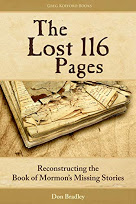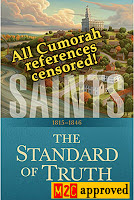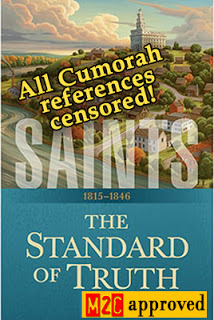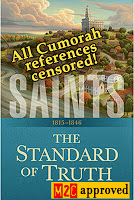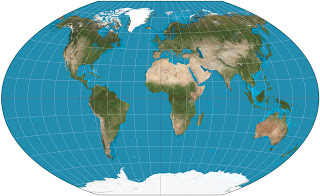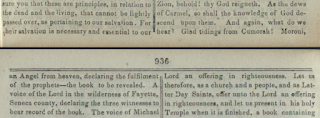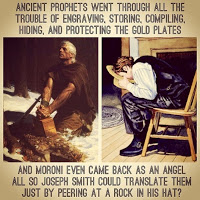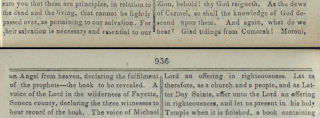The Lost 116 Pages – Part 2
Don Bradley’s exceptional book, The Lost 116 Pages, reconstructs the lost manuscript through a combination of obscure original sources, comparisons to biblical accounts, and insightful interpretation of the text of the Book of Mormon.
Source: About Central America
